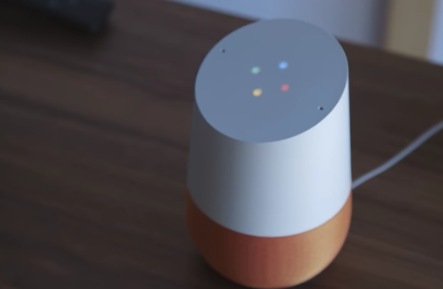What does a conversational strategist actually do?
In this feature, we take a look inside the working lives of people whose job titles often warrant the question: ‘but what do you actually do?’ This week, we speak to Tyler Hamilton, conversational strategist at VERSA.
What do you actually do?
When I first started at VERSA as a conversational strategist, the voice design industry did not exist. Neither Google or Amazon had any smart speaker presence within Australia, and had not revealed any immediate plans to. I had to learn from overseas specialists, and build a role in anticipation of a new industry that may or may not come to the country.
With the industry evolving so rapidly, the day to day duties of a conversational strategist are constantly changing. One day could be spent educating clients and leading a workshop, another spent knee deep in flowchart design trying to find the best way of constructing a conversation.


